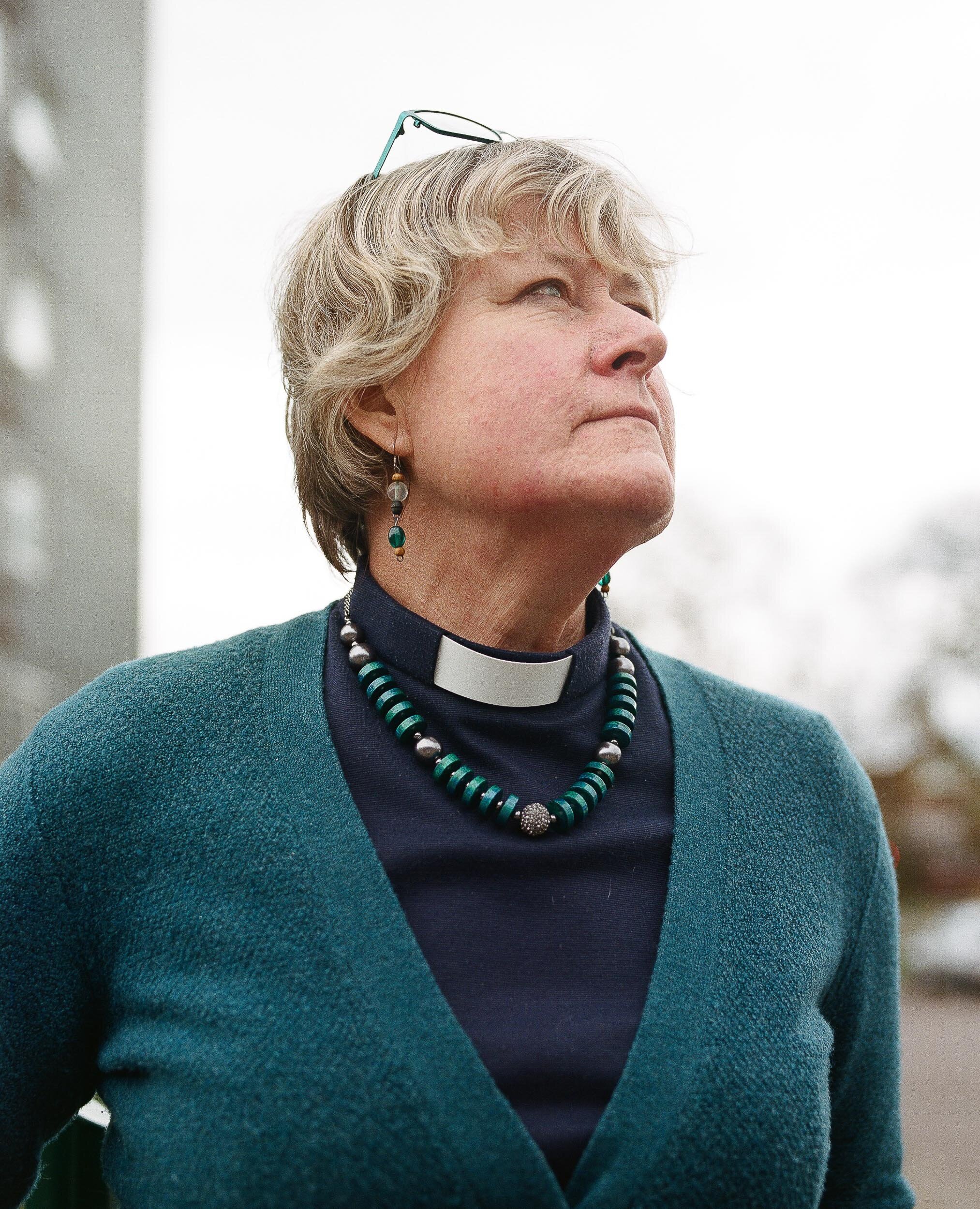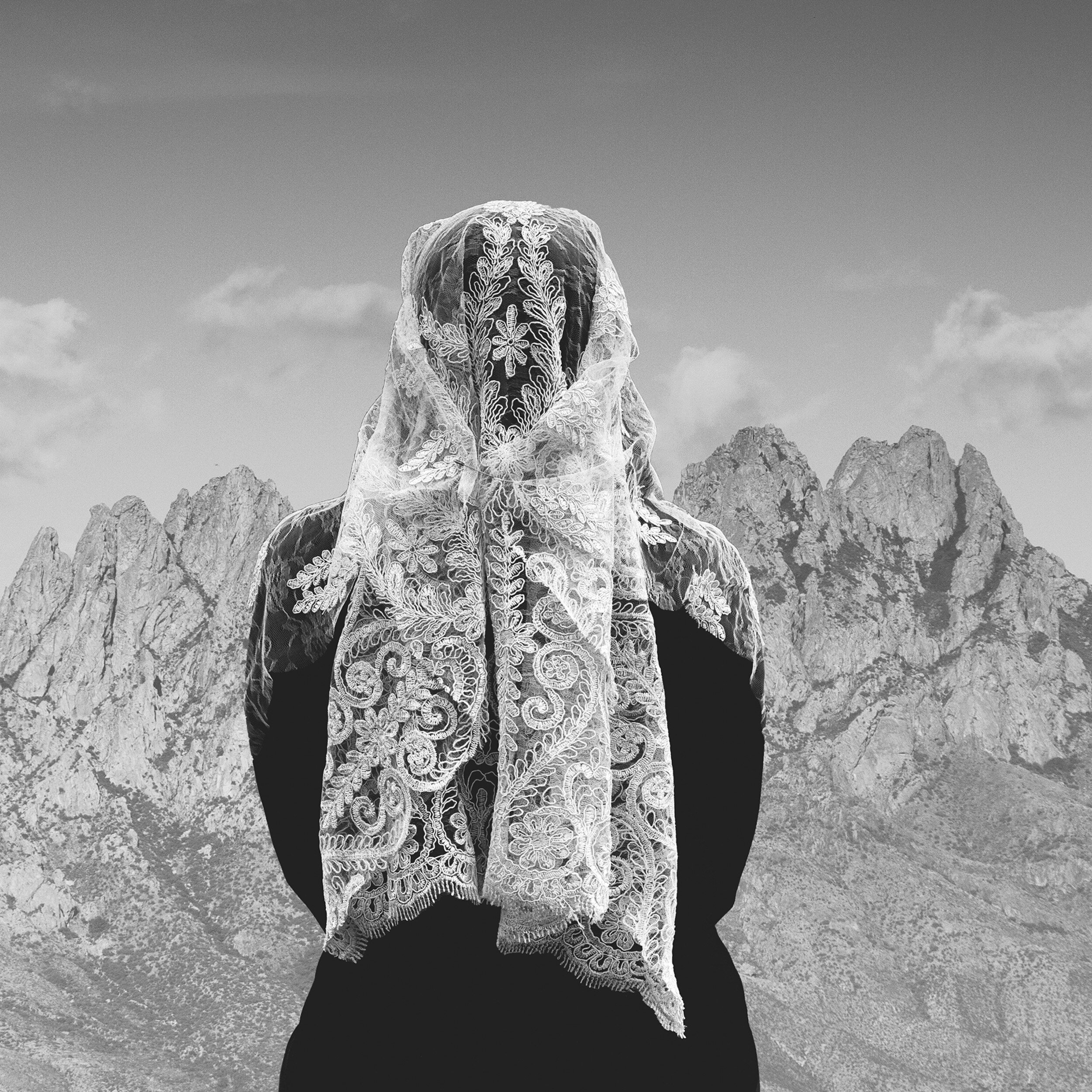



Thanks so much for selecting my work. It is a great pleasure to have The Truth is in the Soil featured on the Offspring Photo Meet blog. The Truth is in the Soil is indeed interweaving a selection of black and white documentary imagery which strongly connects to my photographic research in the last communities of female mourners in Mani peninsula in Greece alongside a series of abstract figurative portraits, inspired by the original works, contemplating the boundaries of alternate orphic worlds between fantasy and loss.
The project began with the personal loss of my father and sparked a journey back to my homeland Greece, after a decade of living away, where I naturally began to explore my mother’s mourning as a female figure within the traditional cultural and religious context of my homeland, an experience that slowly paved the passageway into Greek funerary rituals and ancient traditions of collective mourning in the last communities of female mourners in the Mani peninsula. At that time, I was grateful to receive the Royal Photographic Society Postgraduate Bursary Award 2018 which helped me advance with my research and realise the first trips to Mani and the mourners’ communities.
For me finding the real people and making their images helped me in connecting with that land and its people as my whole story was not an entire fiction and was well grounded to reality. But making a work about grief requires a journey through memory and memory loss. I wanted to talk about what is lost; parts of memory that were reconstructed just like the image of a lost person is in our minds, after he is gone. Whatever we remember forgetfully is a possibility, a fiction.
During the making process, I have been interested in how my photographic practice was building a path towards the process of mourning. Closer observations within my family and culture, were creating a space for images to emerge. My mother became someone I tried to understand, this mourning figure that to some extend was also myself. The images were pushing me to not only encounter my relationship with my family but also my culture and country itself. Gradually, Greece was becoming that mourning figure, a land of curiosity where death was an encounter through family, religion, mythology and the self.
I feel that working around these subjects has made grief an encounter, an open-ended cultural enigma with both subjective and objective interpretations. So from there on, naturally, my perception and approach to my subjects has opened up to the world, like a space where the image finds its condition and disappears into it. That is how I started working towards ways that these images can tell something further than their subjects by creating a space where death can exist.

I have heard about mourning communities in Southern Europe as well as abroad and have always considered them as a unique ground to explore cultural identity through the hermeneutics of mourning.
With regards to Greece, I was aware of the Mani peninsula and had read a lot about mourning in ancient Greece during Greek drama and literature studies at an earlier age in academia which strengthened my curiosity and interest around the subject and led me to exploring these communities further. Specifically, in Mani, the tradition of ritual lament dates back to ancient times. Considered an art, moirologia (ancient Greek laments) can be traced to the choirs of the Greek tragedies, in which the principal singer would begin the mourning and the chorus would follow.
Over the centuries, it became a profession exclusive to women. Those who were especially adept at this improvisation and could endure the physical and emotional traumas of the work, were hired by families to lead in the ritual lament. Today, the ageing of these villages and the difficulties during the current economic woes besetting the country seem to be part of the reasons for the disappearance of the dying art of professional mourning as the tradition has not been passed onto the younger generations and modern societies, except for the few remaining traditional villages, are adapting to new ways of grieving. I would say that the majority of such mourners in the villages of Mani is comprised by women, but I also encountered two men who performed during funerals. They themselves stated that there were very few men participating in performing the Fate Songs and that traditionally it has always been perceived as a female tradition.


I think our relationship to death is strongly connected to memory and time in philosophical and historical ways of being, preserving and grieving. The current crisis and pandemic situation have caused death and made us rethink about death and therefore life purpose by challenging our awareness of existence which is revealed when we encounter our own limits as humankind and death is one of them.
It is a limit situation through which we need to refigure loss and its impact.
I would say that the way we see death as an entity is dismantled and refigured during this time.
I would define our time as Kairos, a word from ancient Greek and rhetoric, used to describe the temporal moment of unconcealment, in other words the uniquely timely, the spontaneous, the radically particular time for configuring philosophical ideas around existence.



The Truth is in the Soil is part of the IPE 162 run by The Royal Photographic Society comprising of a series of exhibitions travelling to the Royal Albert Hall, Beverley Art Gallery and Oriel Art Gallery in the UK between 2020 and into 2021. The series is meant to be also exhibited at Festival Circulations at 104 Paris and Guernsey International Photography Festival later this autumn. In addition to this, the series has been shortlisted for this years Sony World Photography Awards Student Category and within this framework I will be also presenting a new assignment on this year’s theme Sustainability to be exhibited at Somerset House in London this summer. I am meant to also have a solo show of this body of work at Reminders Photography Stronghold in Tokyo this autumn. Of course, all dates are to be confirmed based on the current situation, but I very much look forward to sharing the latest aspects of this project including work on traditional hand embroidery and archival photography that I am currently developing further.





Holding already an MA in Cultural Studies before I went to the RCA for pursuing an MA Photography and pushing my artistic practice further, I would say that the benefit was more on the side of experimenting in the crossroads of visual arts and other artistic disciplines with the intention to challenge my thinking and making processes. In my case, having studied Journalism as my first BA before I graduated in Photography and having been exposed to a wide variety of philosophical and critical thinking frameworks during my studies, during the RCA, I probably reconsidered part of my narrative methods and ways of thinking around the image and representation as well as challenged myself with writing about my practice and bridging my research with my making processes. I think an MA in Photography can facilitate a framework of theory and practice for stimulating the student but it is to my opinion that it should also aim at giving the space for experimentation and challenging of ideas in the process of forming one’s individual artistic identity.




